Modernization of the T-72 in Balkan. M-84 Family Tanks
M-84
In 1982, the main work on the project was completed, and the Yugoslav defense industry jointly built a prototype tank, called M-84. Several enterprises took part in the creation of the Soviet T-72 modernization project, and the Belgrade Military Technical Institute was the lead developer. The main objective of the M-84 project was to significantly improve the performance of the combat vehicle by updating individual systems and components. In this regard, the design of the T-72 tank, taken as a basis, has undergone minimal changes, but the internal equipment has changed significantly.
Like the Soviet T-72, the M-84 had a welded body consisting of sheets and stamped parts. According to reports, the thickness of the armor plates and the design of the combined obstacles did not change. The frontal projection of the armored hull and the turret was covered by the blocks of the “Contact” dynamic protection system. Some sources mention that the Yugoslav industry was forced to use armor steel grades mastered by it in production. However, in general, the design of the armored hull and turret of the M-84 tank is similar to the design of the units of the base tank T-72. All differences were minimal and were caused by the need to install new equipment, etc.
The engine, transmission and chassis of the M-84 tank were no different from those used on the Soviet tank. Because of this, the running and economic characteristics of the Yugoslav war machine remained at the old level. Similarly, without any changes, the T-72 tank borrowed everything weapon: 125-mm smooth-bore gun-launcher 2А46, PKT and NSV machine guns.
The main goal of the modernization project was to increase the combat capabilities of the armored vehicle. Especially for the tank M-84, Yugoslav experts have developed a fire control system (FCS) SUV M-84. Electron-optical observation instruments DNKS-2 and PPV-2 were associated with it, as well as a sight with a laser rangefinder. All electronic equipment was created by Yugoslavia on the basis of Soviet developments and its own experience. In addition, the tank M-84 received a new radio station and anti-nuclear defense system DRHT.
Serial production of the main tank M-84, which is a minor modernization of the Soviet T-72, began in the 1983 year. As in the case of the construction of armored vehicles under a license, several enterprises scattered throughout Yugoslavia were involved in the production of M-84 tanks. Final assembly was carried out at the plant. Djuro Djakovic in the city of Slavonski Brod. In the future, this distribution of work across enterprises adversely affected the capabilities of the defense industry.
M-84A
Shortly after the start of mass production of the M-84 tank, the Yugoslav specialists set about improving it. During the modernization, under the name M-84A, it was planned to upgrade not only radio-electronic equipment, but also a number of other systems. The new modification was supposed to surpass the T-72 in most characteristics.
In a slightly modified armored hull of the tank M-84 installed updated diesel engine. The Soviet B-46 engine received two turbochargers, thanks to which its power increased to the HP 1000. During the modernization of the power plant and hull combat weight of the tank increased to 44 tons. Despite this, the power density of the M-84A armor was slightly higher than the original M-84 or Soviet T-72. The maximum speed of the tank after upgrading increased to 68-70 km / h.
The armament of the M-84A tank, as in the case of the M-84, was completely borrowed from the T-72. To increase the combat characteristics of the upgraded M-84A received a fire control system FCS-H4 (FCS Omega-84) with a gunner sight SCS-84. The new MSA contained a ballistic computer and a laser radiation detection system. All new electronic equipment was developed by the Yugoslav enterprises and was a further development of the equipment used on the M-84 tank.
According to reports, in the late eighties several Yugoslav tanks M-84 and M-84A were delivered to the Soviet Union, where they were studied and tested. Soviet tank builders recognized the good results of the work of the Yugoslav specialists. In addition, it was noted that the number of applied systems is not inferior or even exceeds the equipment used on the Soviet T-72 tanks of that time.
Mass production of tanks M-84 and M-84A continued until the early nineties. During this time, at least 700 machines of both versions were built. In the late eighties, the first export version of the Yugoslav tank appeared. Especially for the supply of Kuwait was a modification of the tank called M-84AB, which differed from the M-84A in a number of components of the sighting system. Before the start of the war with Iraq, Kuwait managed to get only four tanks. Already during the fighting, Yugoslavia, through Saudi Arabia, was able to ship to the customer about another 80 combat vehicles. According to some sources, during the fighting, the Kuwaiti military did not lose a single tank: only two vehicles were damaged, but were restored and returned to service. The contract with Kuwait originally implied the delivery of 170 armored vehicles in the M-84AB and 15 versions of the M-84ABK command tanks.
After the collapse of the SFRY
In 1991, Croatia declared its independence from Yugoslavia. In an independent state left the main enterprise of the SFRY for the production of tanks - the plant them. Djuro Djakovich. This led to a sharp decline in the production of Yugoslav armored vehicles. In addition, the outbreak of war put an end to most plans. Nevertheless, even in such conditions, enterprises of small Balkan states were able to carry out several upgrades to the M-84 tank and create new modifications.
In the mid-nineties, Kuwait expressed a desire to get armored repair and recovery vehicles based on the M-84AB. Due to the loss of production capacity, Yugoslavia attempted to create the BREM M-84AI together with the Polish colleagues, however, as far as is known, the project stopped at the prototype testing stage. The only car built was not transferred to Kuwait. For several years they were used by the armed forces of Yugoslavia, and then Serbia.
In 2004, the Serbian defense industry presented the latest at the moment its project for the modernization of the tank M-84. The new tank M-84AS (aka M-84B1 or M-2001) received a hp 1200 diesel engine. and a number of new electronic devices. It was argued that the new sights, updated SLA and a number of other systems significantly increase the combat capabilities of the armored vehicle. Unfortunately, the Serbian tank builders, in the time since the first demonstration of the tank M-84AS, no one has signed a contract for its delivery. It was assumed that a number of such machines could buy Kuwait, but the military of this country showed no interest in the new Serbian design.
The largest tank factory of the former SFRY after the collapse of the country remained in independent Croatia. This country has launched the most active work on the creation of new combat vehicles based on the M-84 tank. The first upgrade option was the tank M-84A4 Sniper, which appeared in the mid-nineties. This tank was a further development of the M-84A with new sights and a ballistic computer. In fact, the M-84A4 was an M-84A with M-84AB electronic equipment. According to some data, a part of the Sniper tanks received the 1100 hp engines. German production. From 1996 to 2003, the Croatian industry built the 40 tank model M-84A4.
Back in the eighties, the plant them. Djuro Djakovic began the development of a new project M-91 Vihor. It was planned, using the available developments, to create a main tank with characteristics at the level of modern foreign models. The M-91 project reached the prototype testing stage, but the outbreak of war prevented the completion and the start of the construction of serial machines. In the future, Croatian experts attracted the Israeli company Elbit to the project. As a result of this international collaboration, the M-91 project was transformed into the M-95 Degman. This combat vehicle is partially unified with the M-84 tanks of all models in service, but it is equipped with new electronic equipment. Tank M-95 received 1200-strong diesel engine and additional booking modules, significantly increasing the level of protection. The complex of communications and fire control was created by Israeli specialists. According to the available data, all the used equipment elements fully comply with NATO standards, which, as expected, could give the tank great export prospects. The armament of the M-95 corresponds to the previous machines of the M-84 line, however, instead of the NSV anti-aircraft machine gun, the remote-controlled Samson combat module was installed. In addition, it was argued that, at the request of the customer, the 125-mm 2А46 cannon can be replaced with an 120 mm caliber cannon conforming to NATO standards. To date, only two prototypes of the M-95 tank have been built. According to some reports, both of the prototype M-95 are refined prototypes of the tank M-91. Croatian armed forces intend to acquire at least 30 of such tanks. Third countries have not yet shown interest in the M-95 Degman.
At the same time with the M-95 project, the Croatian tank builders were working on the M-84D tank. It was assumed that both combat vehicles will be as unified as possible. At the same time, M-84D is a direct development of old projects of the M-84 family. The tank M-84D is supposed to be equipped with a large number of modules of the dynamic protection system, with an engine up to 1200 hp, with new sighting equipment and SLA. The main objective of the M-84D project was not just the creation of a tank with characteristics exceeding the capabilities of existing machines, but the development of a set of tools to quickly and cheaply update the fleet of existing equipment. Due to this, the contract for updating the 70 with more than M-84 tanks of all modifications is currently being fulfilled. By 2015, only the M-84D vehicles should remain in the Croatian tank forces. They will probably serve with the ordered M-95. A few years ago, Croatia negotiated with Kuwait. It was assumed that all remaining in the Kuwaiti armed forces M-84AB will be updated to the newest version. The parties could not agree, which is why in 2007, all consultations on a possible contract ceased.
Combat application
Despite the relatively small number, the M-84 family of tanks managed to take part in several armed conflicts. The first to enter the battle was the Kuwaiti M-84AB. It happened during the war in the Persian Gulf. It is noteworthy that because of the resemblance to the Iraqi T-72, the M-84AB tanks were used limitedly and fought only with Soviet-made armored vehicles of the previous models (T-55 and T-62). During the fighting, two Kuwaiti tanks were seriously damaged, but were restored and returned to service.
In June 1991, the Ten Day War began. Yugoslav troops tried to regain control of Slovenia, which was trying to secede. Since the territorial defense of Slovenia did not have heavy armored vehicles, the Yugoslav M-84 tanks were used to escort columns and destroy barricades. During the fighting, the Slovenian armed forces were able to destroy about two dozen Yugoslav tanks.
In the summer and autumn of the same year, the Yugoslav tank forces again suffered heavy losses. During the battle of Vukovar, the infantry was unable to provide full support to the tanks, which is why the Croatian military managed to destroy and damage a large number of enemy armored vehicles. In total, during the Croatian-Yugoslav clashes, the Croatian military were able to capture and restore about fifty M-84 tanks.
A number of tanks M-84 several modifications participated in the war in Bosnia. Precise data on the number of fought, damaged, lost and captured tanks are not available.
Results
For several decades, the defense industry of the Socialist Federal Republic of Yugoslavia was able to create a number of modifications of the Soviet T-72 tank. For almost ten years, before the collapse of the country, there was an active construction of tanks, after which the pace of production dropped significantly and could not recover until now. In total, no more than a thousand tanks of all models of the M-84 family were produced, some of which were used in several armed conflicts.
A characteristic feature of all the armored vehicles of the family, created in Yugoslavia, Croatia and Serbia, is the way to update the vehicles. In the overwhelming majority of cases, Balkan specialists developed new electronic devices, updated the power plant, but did not make major adjustments to the hull and tower designs. This demonstrates the comparatively small possibilities of the Yugoslav and now Croatian and Serbian industries. In addition, this feature of the M-84 tanks can be considered proof of the large modernization potential of the Soviet T-72 tank.
At present, several hundred M-84 tanks remain in the forces of Kuwait and countries formerly part of the SFRY. It is difficult to talk about the prospects of this technology. As it becomes obsolete, it is likely to be re-upgraded or replaced with a new one. It should be remembered that the most new and sophisticated vehicles of the family (M-84D in the Croatian army) are the M-84 and M-84A, which have been repaired and upgraded. Thus, over the next few years, the M-84 family of tanks will run out of resources, including extended ones. In this case, you will need to look for a replacement. Perhaps it will be a new model, which is the next Balkan modernization of the T-72.
On the materials of the sites:
http://dogswar.ru/
http://armor.kiev.ua/
http://globalsecurity.org/
http://odbrana.mod.gov.rs/
http://ddsv.hr/
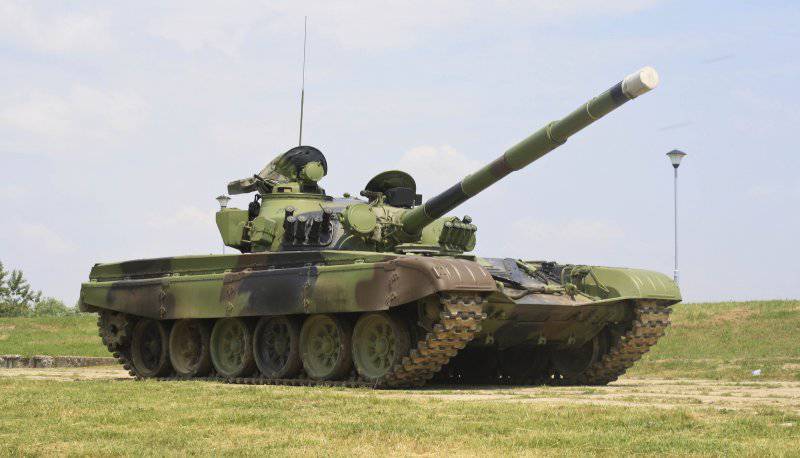
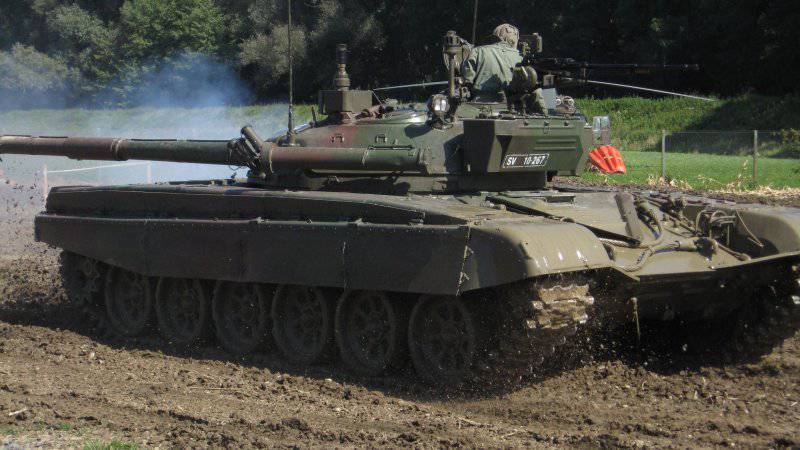
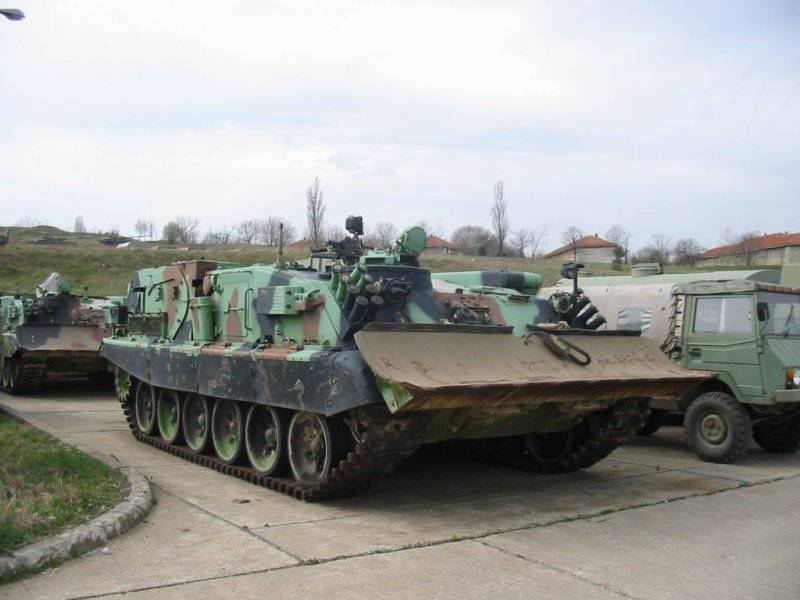
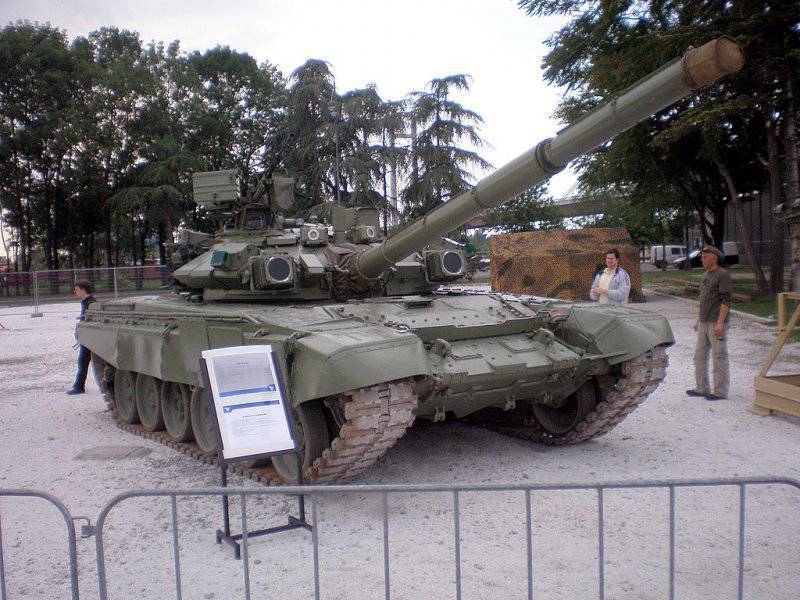
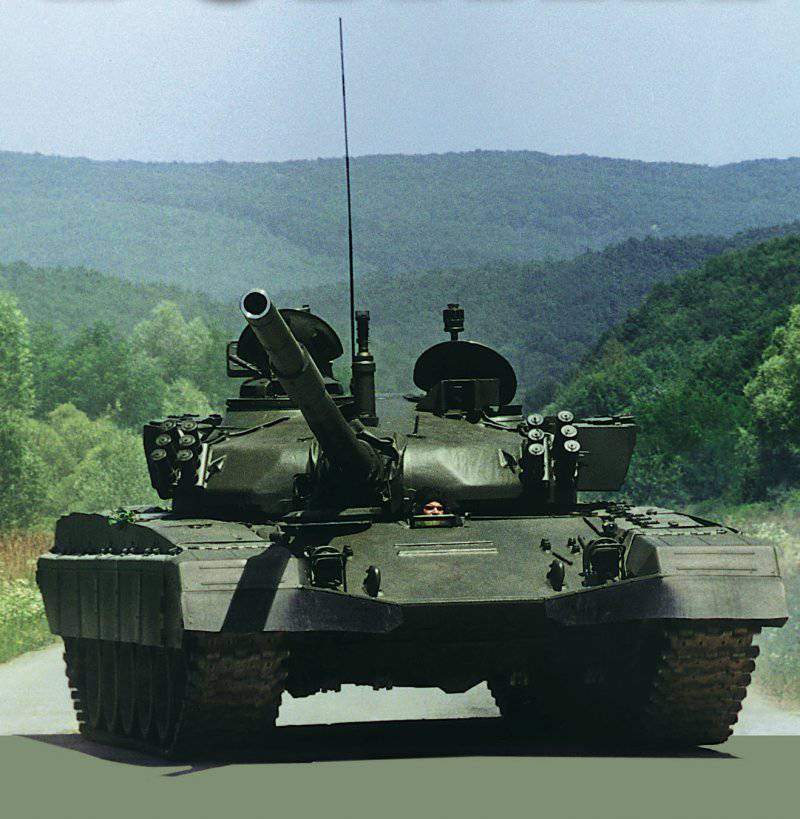
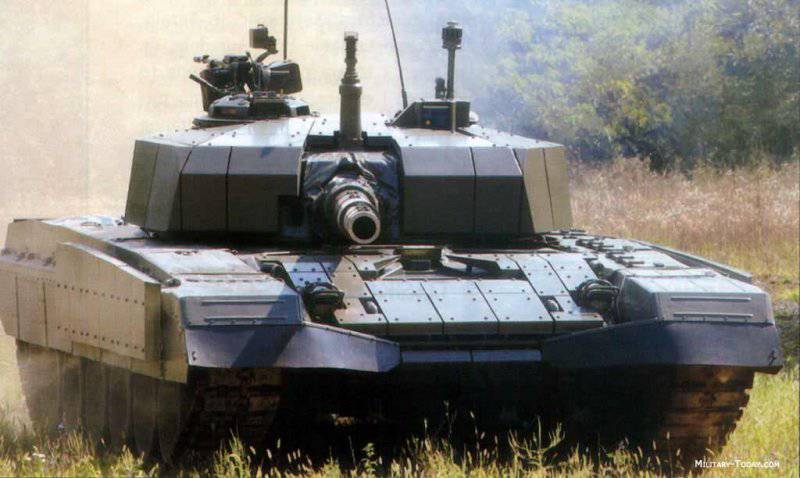
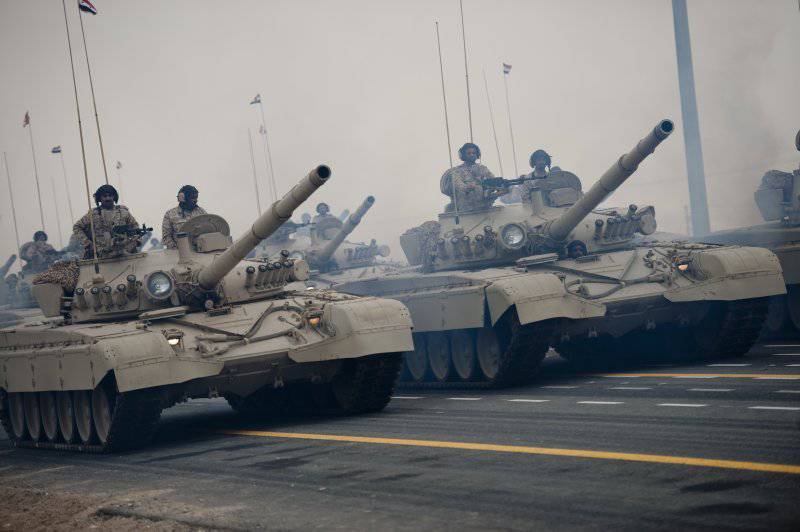
Information